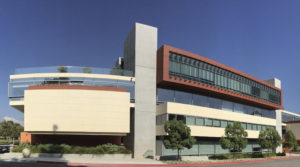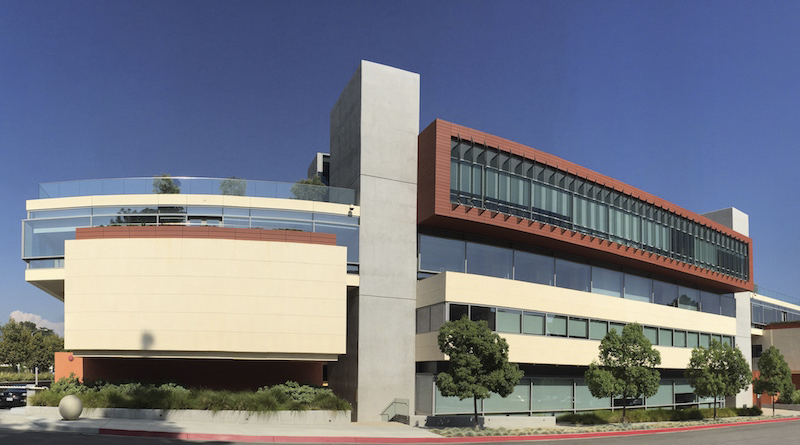Part II: Today’s Academic Libraries Meet the Needs of All Stakeholders
By Tom Sens
Academic libraries support the research and educational activities of higher institutions through the sharing of information. However, today’s method of sharing information is constantly evolving. Because of changing technology, academic libraries struggle to meet the needs of their many stakeholders. The challenge they face is finding the balance between housing information while creating spaces conducive to today’s learners. Part I of this two-part article addressed how to find the library’s purpose in today’s learning environment, while Part II covers how to create spaces that include all stakeholders in any renovation or new design of an academic library.
Key Stakeholders
Originally, a library’s first design was based on the technology, study habits and research methodologies of the time. As these elements continue to change, so, too, must the library to remain a relevant contributor to campus life. For this reason, discussions about redefining and redesigning a library need to include and encourage participation from those who use the library, including faculty, staff, students and external community members and program sponsors.

In 2012, with this framework in mind, the library at Columbus State Community College (CSCC) in Ohio underwent a renovation. During the planning of this renovation, key stakeholders were asked to participate in focus groups, surveys and one-on-ones to provide input into the redesign. “Our goal was to make the building accessible to these diverse groups for all their unique needs,” said Bruce Massis, director of libraries for CSCC.
In the process, CSCC officials discovered the stakeholders wanted a combination of technology and quiet study areas, so ultimately the library was renovated to accommodate this mix.
On the other hand, not all stakeholder requests can (or should) be honored. Claremont Colleges Library in California discovered during its shared vision exercises that students wanted exercise equipment and locker rooms with showers in the library. “That’s a bit of a stretch,” said Rebecca Lubas, associate dean, Claremont Colleges Library. “We didn’t completely ignore that suggestion though. We have a treadmill standing desk, and it’s enormously popular.”
Strike a Balance
One of the biggest challenges in designing or redesigning academic libraries is determining how much of the current collection will remain on the library floor. The importance of the browsing experience should be weighed with the value of the space occupied by rarely circulated books. While many alternatives exist for storing older resources, it is important to consider the desires of faculty who may oppose removing books.
“We go to the faculty first and tell them we’re considering removing these books from the shelves. Sometimes we keep the older material on the shelf because they still want it,” said Massis.
Current technology may alleviate some of these issues. Because CSCC is a member of Ohio’s Academic Library Consortium, OhioLINK, its students and faculty have access to a larger number of books and electronic resources than what CSCC can offer at its library.
Ultimately, the solution lies in the library’s intrinsic qualities and how it serves its key stakeholders. “It’s a matter of meeting expectations and recognizing that expectations will change over time,” said Tonya Fawcett, director of library services at Grace College and Seminary in Winona Lake, Ind. “When you come into a library, you expect to see books. You expect to have librarians to help you find the resources you’re looking for and help you understand how to use those resources. And you expect to have a comfortable place to go to be able to interact with those resources.”
Leadership’s Role
Two additional groups of stakeholders need to be included in an academic library design or renovation. The first is the college administartors. Their role is to analyze the institution’s mission and vision to determine the library’s specific intent. For example, if the library is supposed to be more student-friendly than scholarly, the purpose of the library becomes more social. This core purpose is then translated into the library’s physical space through more group and collaboration areas.
The final group of stakeholders is the library staff leadership — those responsible for taking the lead in creating and sustaining an academic library’s mission. “Whatever the program is, what’s the end goal? Are we supporting students in their studying? Are we supporting faculty to improve their teaching or assist their latest research searches? We need to keep our eyes on the academic mission of the institution and make sure the library supports that mission,” said Lubas.
By ensuring the mission is reinforced in meaningful ways through technology advances and how people interact, academic library leadership can balance the requirements of all stakeholders.
Tom Sens is a client leader on the Higher Education team at BHDP Architecture. For more information, visit BHDP.com or call 513 271-1634.

